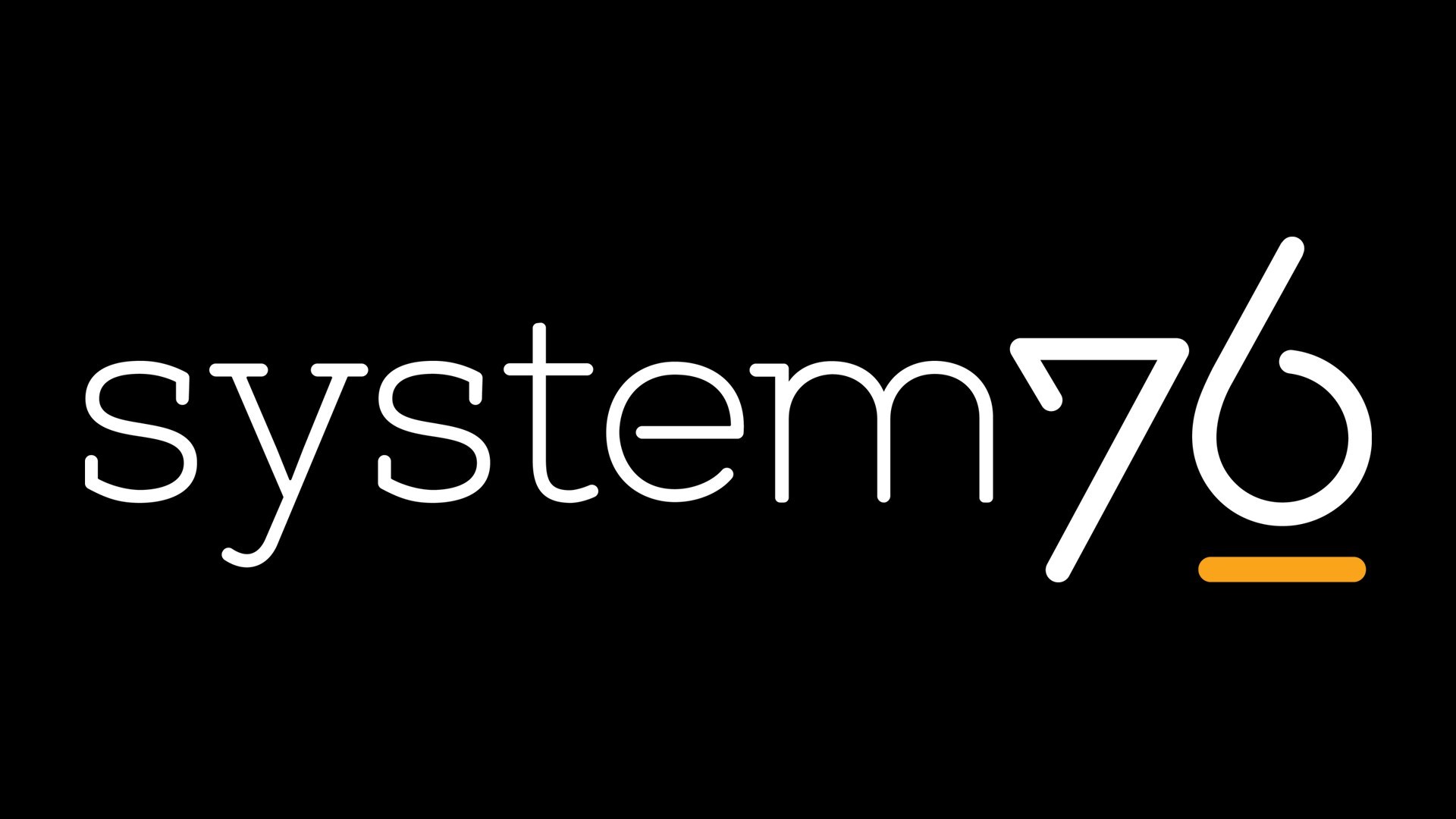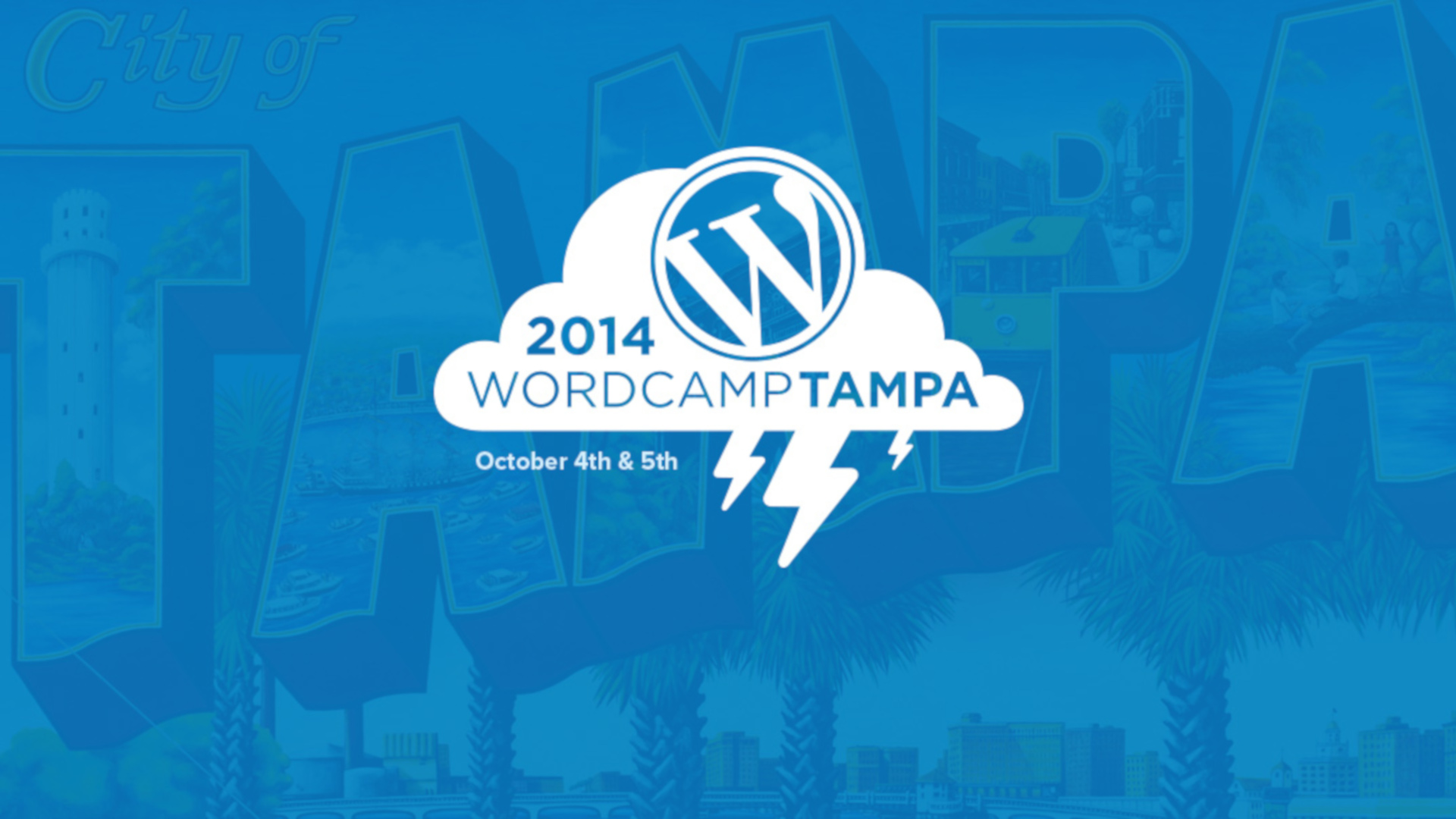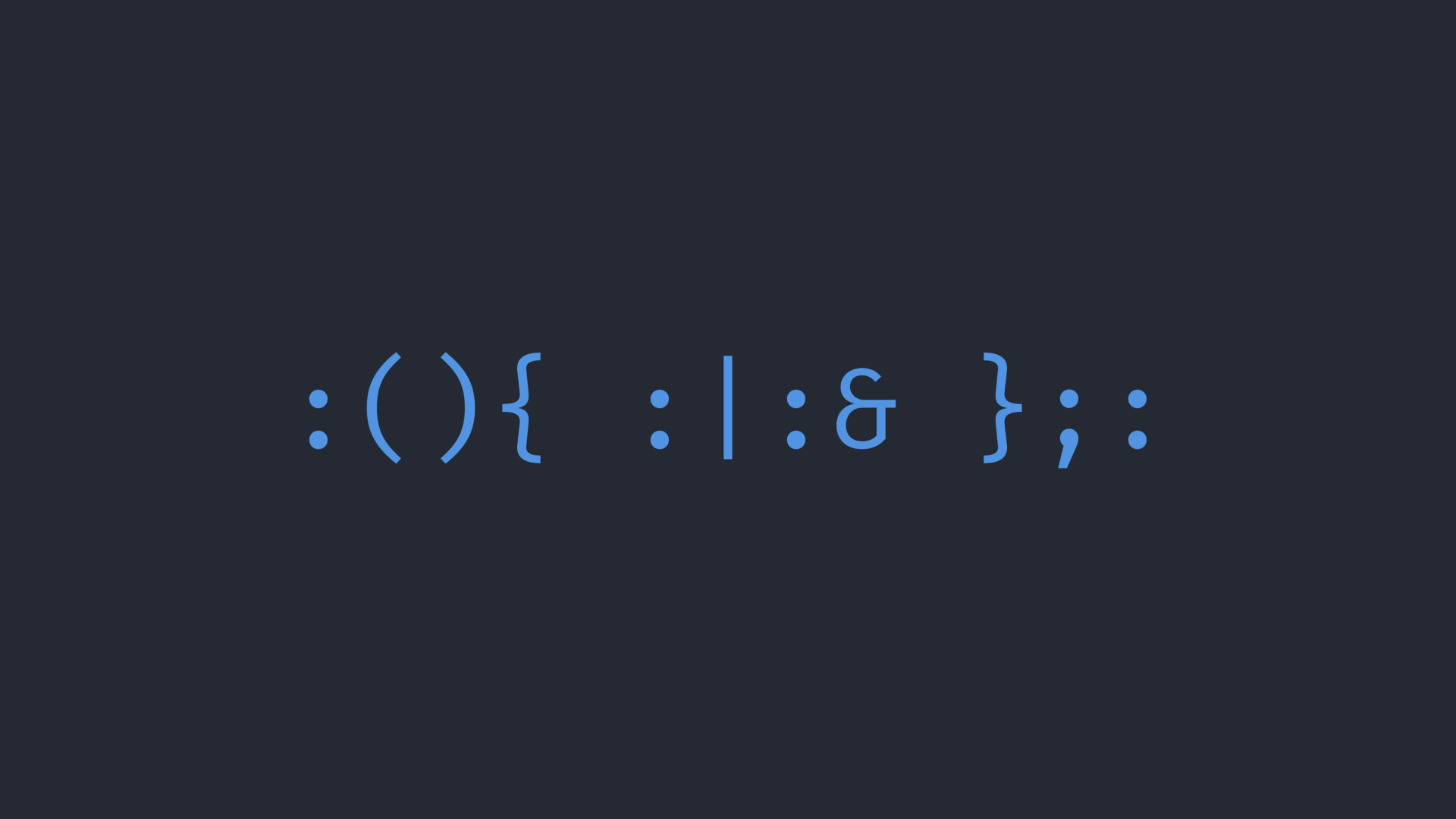It's no secret that I'm a big fan of Pop!_OS. Now I am the proud owner of a brand new Oryx Pro, so it's high time I finally review some real System76 hardware!
I've been running it on a Raspberry Pi 3 for ages, but I wanted a bit more power out of my media center, so I arranged to get myself a Vero for Christmas.
I discovered another conditional widgets plugin and it has, by far, eclipsed every possible plugin from the original post.
There are numerous plugins available that add custom meta fields. The one thing that isn't commonly taught, however, is how to add them to taxonomies.
In the world of development, the choice of editors is usually a very personal decision. So what is my choice?
. Particularly if you're working with multiple different platforms. In the WordPress world, we call them plugins.
There's a fairly good chance you've run across a strange file in the root (or topmost) directory. So just what is the .htaccess file?
Well, I'm going to start by saying that I've failed to make my 30-day mark. Somehow I managed to miss a day without even realizing I did it.
I feel it's important to note that accessibility is a subject that hits particularly close to home for me. No, I don't personally have a severe disability, but both my son and his mother do.
Now that I've had a little time to decompress, it's time to actually think through the events of the weekend and record my thoughts.
While some bloggers can write a post a day with relative ease, I've always found it much more difficult to come up with quality content.
WordCamp Tampa is (sadly) over, and I'm sitting at the Tampa airport going over the events of the last few days.
I thought that by now, everyone knew that running random code was generally a bad idea.
This is by far the best lightning talk I've ever seen, and I'm continually shocked at how many people aren't familiar with it...
This morning, I received a tweet regarding the best conditional widget plugin. So what is the best plugin?
Technology
Ev·er·ti·ro (ĕv′ər′tī′rō)
n. One who is always learning; a compound derived from ever and tiroEv·er·ti·ro (ĕv′ər′tī′rō)
Admittedly, the above word is not in any actual dictionary. In fact, to my knowledge, I am the first person ever to combine those two words. At the very least, an Internet search revealed no other known uses of the combination. But the idea is paramount to a significant change in my life that began in early 2017.
In short, I’m planning on converting a bus to an RV. Truthfully there’s a significant learning curve to converting a bus, but that’s the whole idea behind Evertiro. I came up with the word Evertiro while researching bus conversions after realizing that I had a lot to learn. Fortunately, I have no shortage of friends who have the necessary skills and have volunteered to help!



















